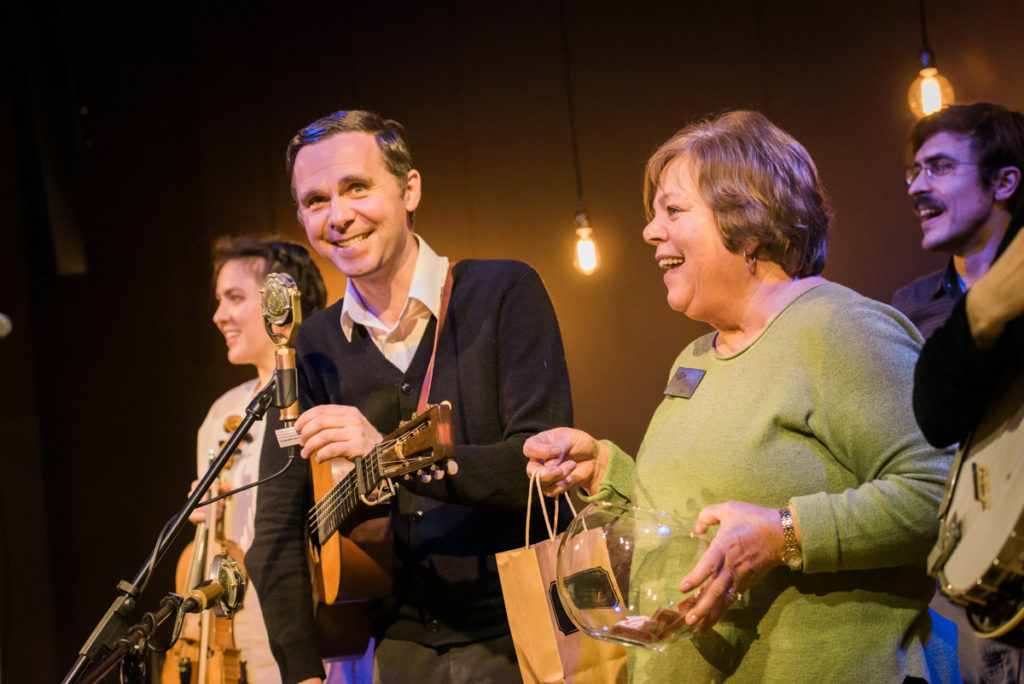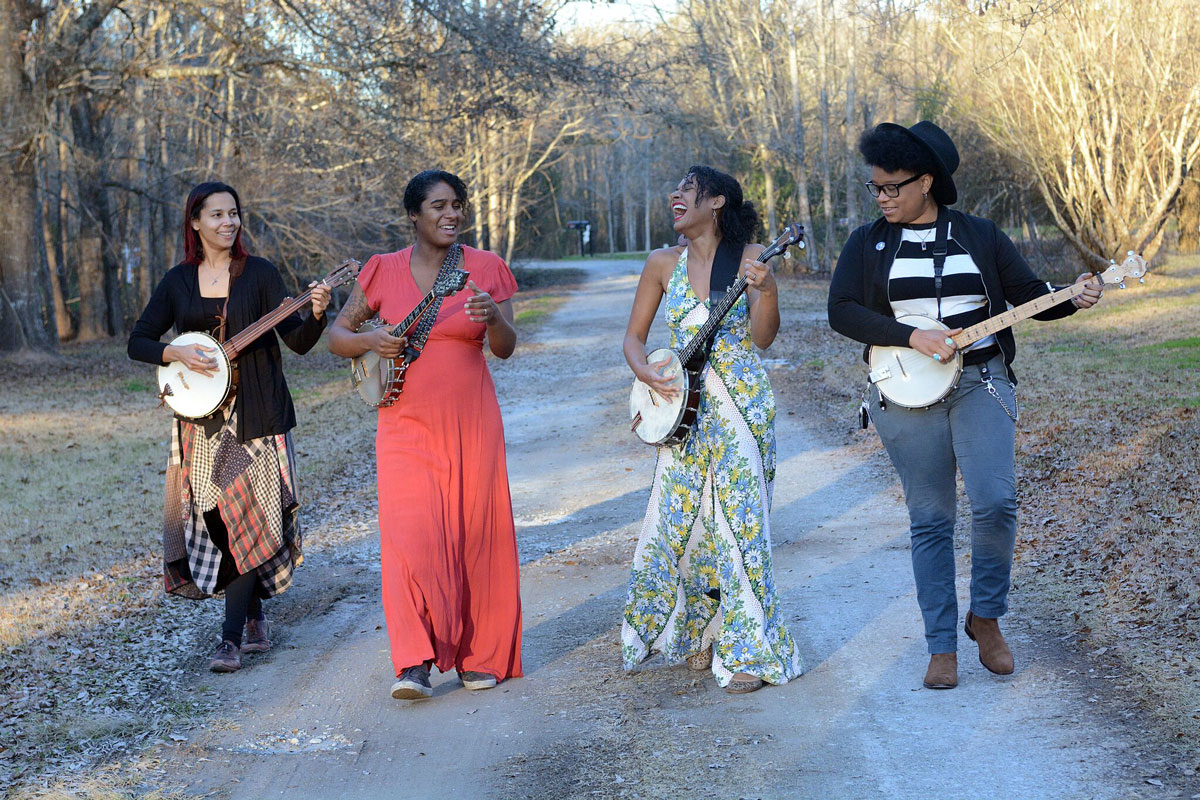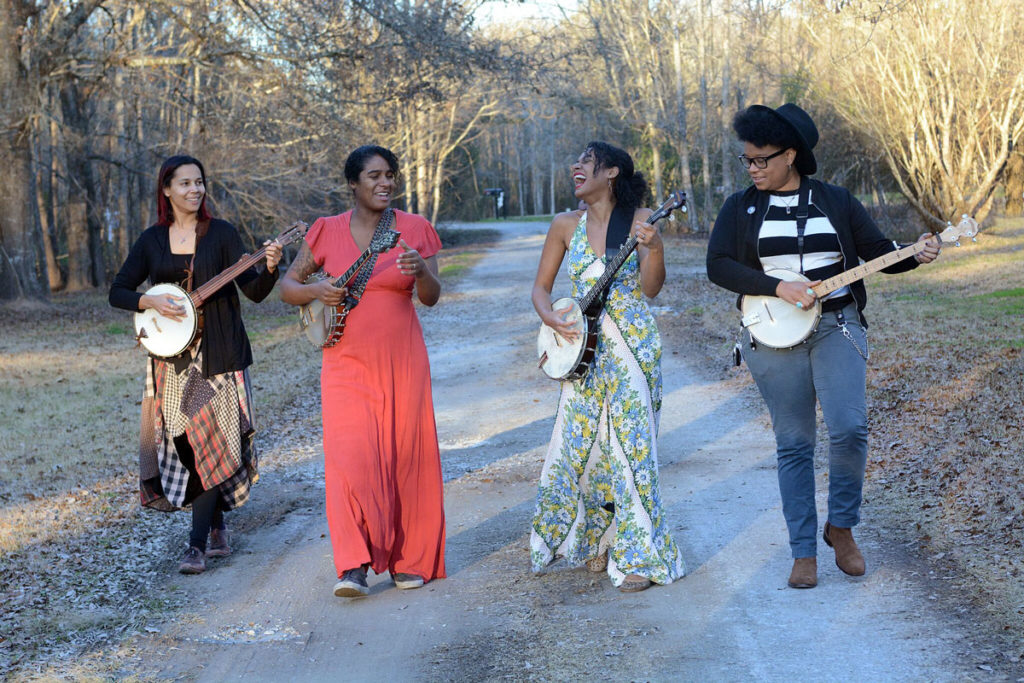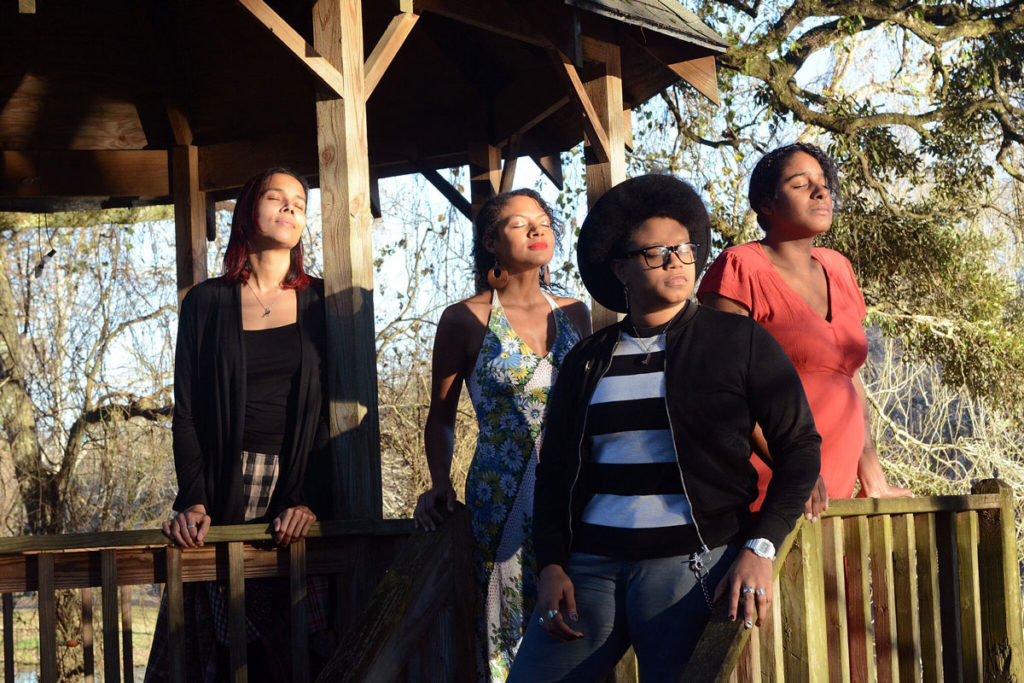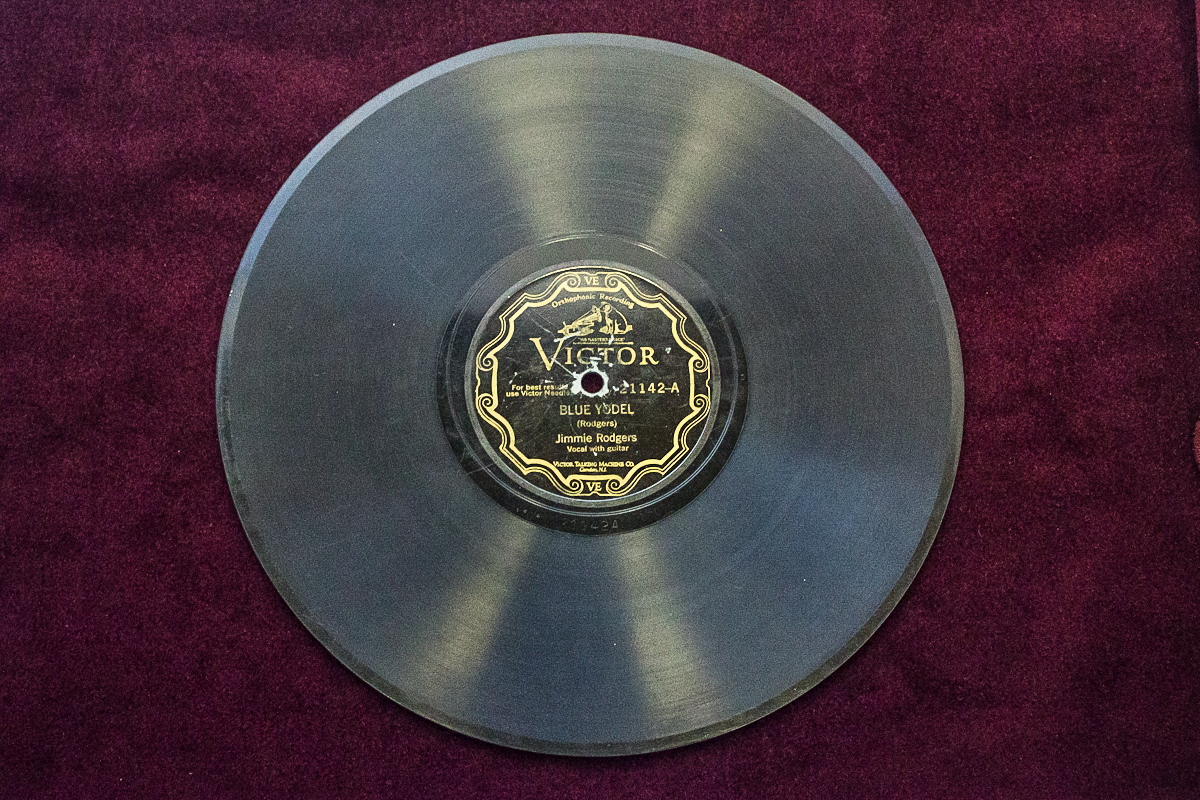This year Farm and Fun Time fell on February 14 – a.k.a. Valentine’s Day – and we were feeling the love throughout the show! Thanks to our sponsor Eastman Credit Union, Radio Bristol was able to bring Farm and Fun Time to not only those in the audience or tuned in to WBCM-LP, but to viewers far and wide via Facebook Live. Be sure to like WBCM – Radio Bristol on Facebook to tune in every month!
Host band Bill and the Belles kicked off the show, and soon after, a special Valentine’s Day surprise was in store for our audience. Appalachian Express, a men’s chorus that has been performing in the region since 1968, gathered around the mic and sang the romantic favorite “Let Me Call You Sweetheart.” After this Farm and Fun Time first, Bill and the Belles sang songs of love, including the classic “Whispering.” For our “Heirloom Recipe” segment, we were joined by Buck Ford, the son of Bristol’s own Tennessee Ernie Ford. Buck, a man with a personality as big as his father’s legacy, told the audience about his father’s cornbread dressing and his mother’s gumbo, two dishes that fed everyone from Hollywood’s elite to the poorest working musicians and everyone in between. To celebrate, Bill and the Belles crooned a jingle entitled “I’m Hungry.” And the audience was too after this segment!

Our first musical guest of the evening was none other than Kingsport, Tennessee’s own Beth Snapp. A favorite with audiences in the Tri-Cities and beyond, Beth and her immensely talented band of local musicians captured our audience’s attention with a number of songs from her recent Don’t Apologize EP. Beth’s music takes listeners to a timeless place while reflecting on distinctly modern problems. Sharing experiences that are common among her peers yet seldom addressed musically, her “Confessions of an Exhausted Thirty-Something” is a piece that soothes the savage millennial soul. We look forward to hearing more from Beth in the future!
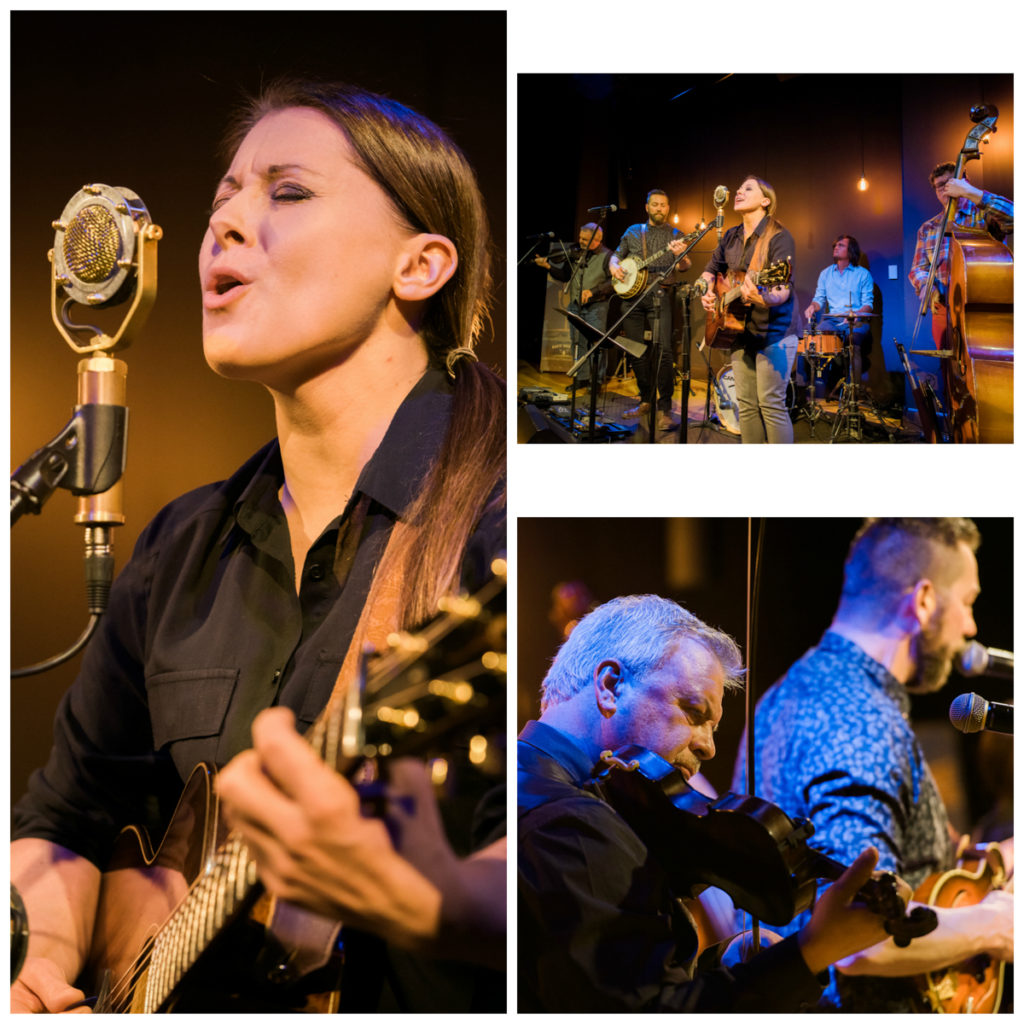
This month’s “Farm Report” showcased Campbell Farms of Lebanon, Virginia. Philip and Donnie Campbell are the third generation of Campbells to carry on the traditions on the family farm, including that of making maple syrup. Check out this video from our visit:
Following the “Farm Report,” Bill and the Belles performed Tennessee Ernie Ford’s classic “Milk’em in the Evening Blues” to commemorate the legendary entertainer’s 100th birthday. Our last musical guest of the evening was Americana songwriter and Free Dirt Records recording artist Rachel Baiman. Blending old-time fiddle and banjo with songs that address everything from social issues to the environment, Baiman is a compelling performer with a style all her own. Baiman’s set featured her original compositions “Shame” and “Thanksgiving,” and one of our Radio Bristol favorites, “Never Tire of the Road.”
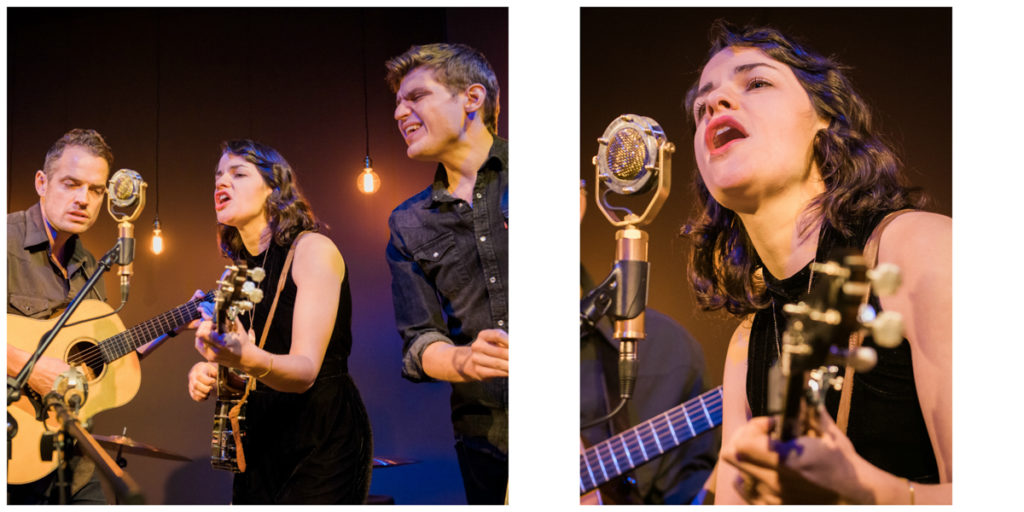
Thanks to everyone who came and shared the Farm and Fun Time love this Valentine’s Day! Tickets are on sale for March’s Farm and Fun Time featuring Bruce Molsky and Mountain Drifters and Kaia Kater, and host band Bill and the Belles. We hope to see you there!
